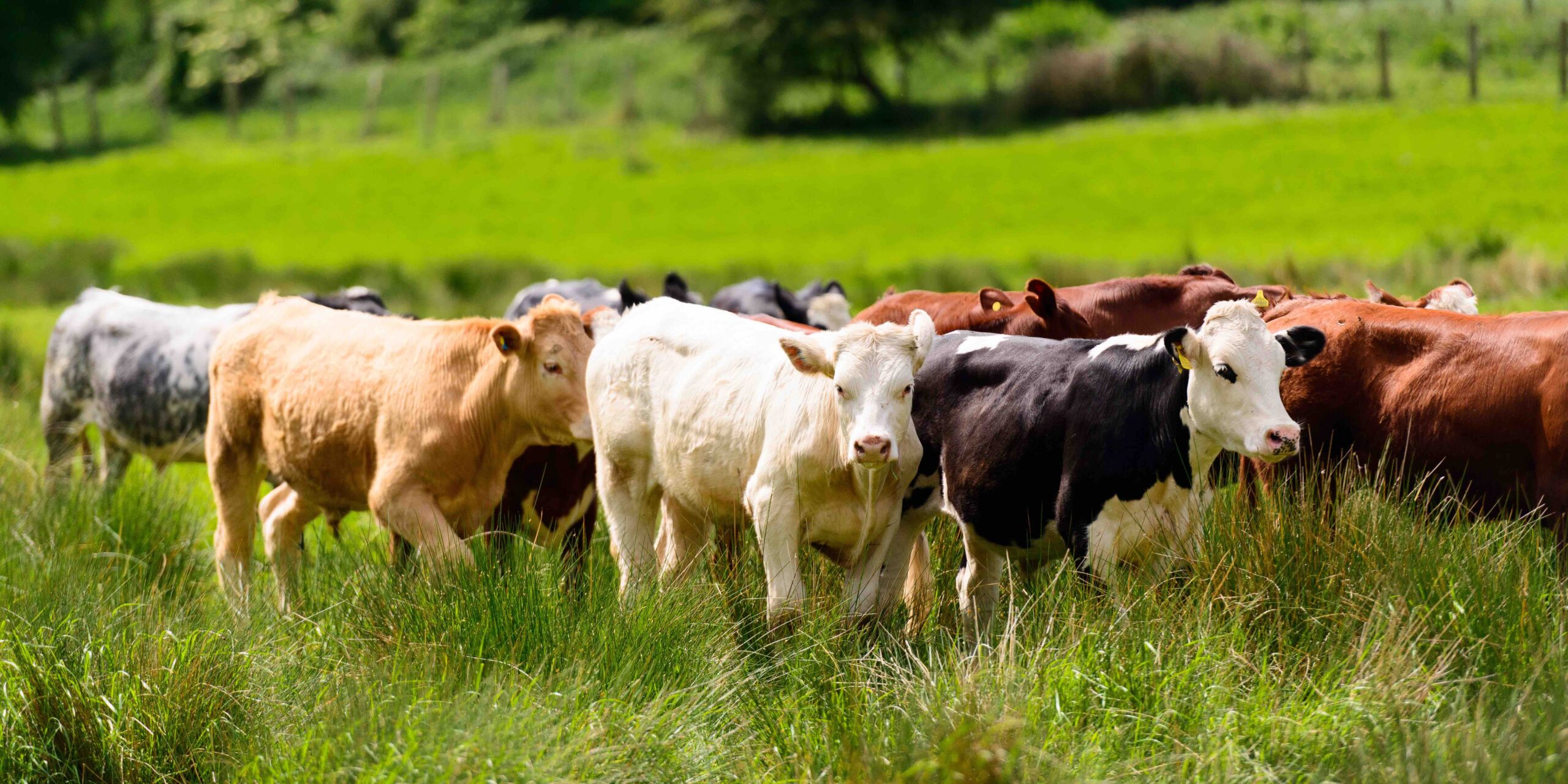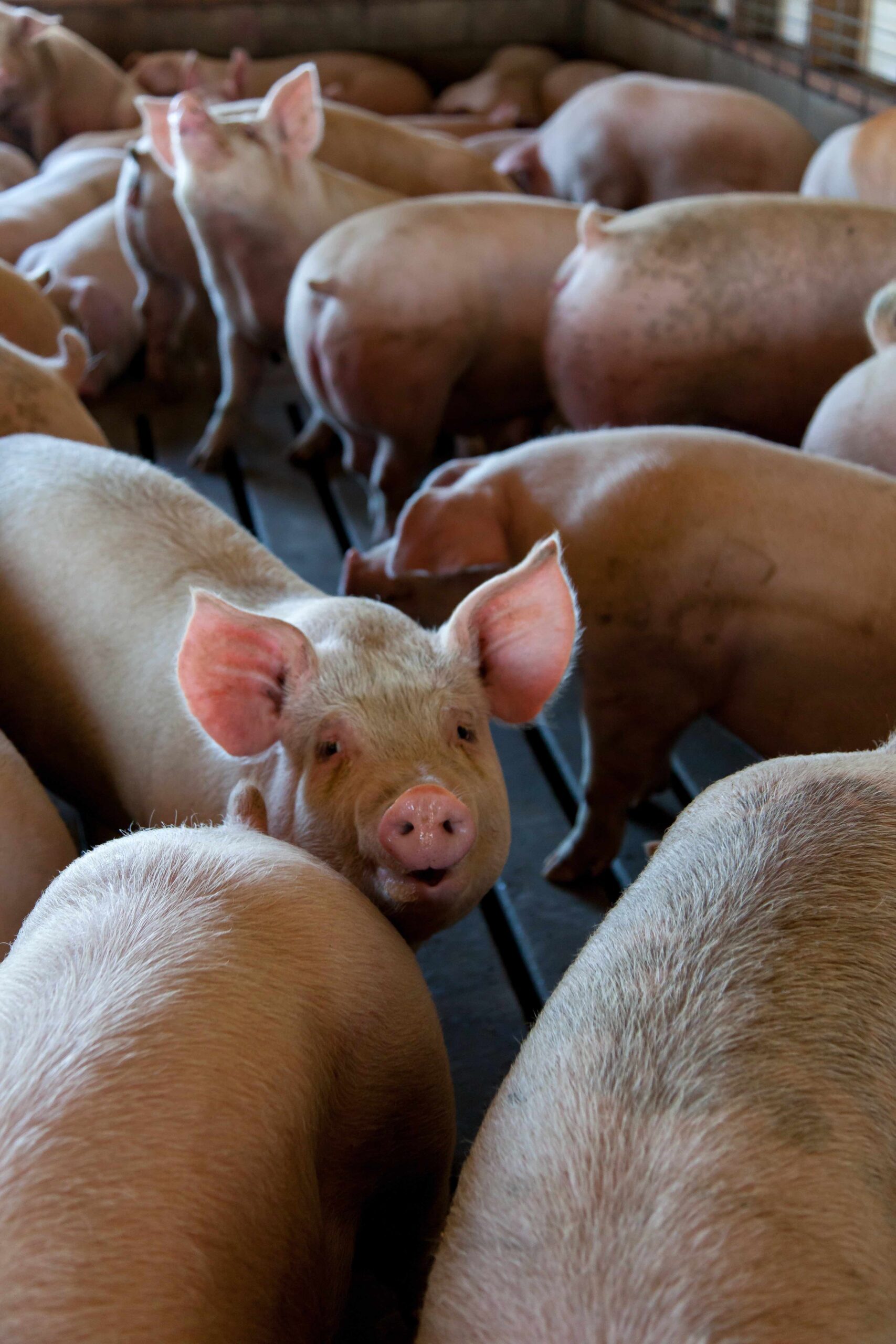The recent (May 2024) trade outlook report published by the Economic Research Service and Foreign Agricultural Service – agencies of the U.S. Department of Agriculture (USDA) – is projecting the highest agricultural trade deficit on record for fiscal year (FY) 2024 (October – September). The FY2024 forecast have U.S. agricultural exports at $170.5 billion, unchanged from the February forecasts, but imports at $202.5 billion, up from the previous forecast of $201.0 billion. If these projections hold true, the resulting trade deficit would be a record $32 billion. To put this in context, U.S. agricultural exports have far exceeded imports in past years. It is only in recent years that U.S. agricultural trade became more balanced. FY2023 was the first year the U.S. experience a significant agricultural trade deficit ($16.7 billion), which is half the projected deficit for FY2024 (Kaufman et al., 2024). Given concerns about the rising trade deficit in U.S. agricultural trade, we plan to discuss this issue in a series of articles focused on explaining recent export declines, rising imports, and the status of U.S. agricultural trade based on the most recent data in 2024. In this article, we explore the export side of the rising trade deficit.
Figure 1 shows U.S. agricultural exports in quantity terms and the unit value (reflecting average prices) from 2010 – 2023. Note that exports, measured in million metric tons (MMT), reached a record high of 230 MMT in 2021. The unit-value in 2021 was $769/MT, resulting in a total value of $177 billion. While exports decreased the following year to around 216 MMT, prices increased significantly that year resulting in record exports in value terms ($196 billion in 2022). Prices, on average, remained relatively steady in 2023, but there was a significant volume decline in 2023 to 190 MMT. The figure shows that exports volume has been trending downward for the last three years. While U.S. agricultural export volumes decreased by 17.5% from 2021 to 2023, total export value only fell by 1.4% over the same period due to significant higher prices in 2022 and 2023 (USDA, 2024).
What is the reason for the decline in exports since peaking in 2021? Table 1 shows the percentage change in U.S. agricultural export volumes between 2021 and 2023 by major destination country or region. China was our leading agricultural export market in 2021, accounting for 26.4% of the total export volume that year. The next highest country, Mexico, only accounted for 17.4%. During the period 2021-2023, U.S. agricultural exports to China decreased by 30.9%. Other noted declines include exports to Southeast Asia/ASEAN (‑14.2%), Japan (‑26.6%), South Korea (‑34.6%), Taiwan (‑17.9%), and Guatemala (‑22.2%).
As far as product, U.S. corn exports to China fell 70% in 2023 when compared to 2021, down from record export levels. Exports of other coarse grains were down 34% and wheat was down 57% during this period. U.S. ethanol exports to China were down nearly 100% in 2023 when compared to 2021 (USDA, 2024). Although exports were also down in other countries (e.g., U.S. corn exports down by 72% in South Korea), declining exports to China explain the major share of the overall decline in U.S. agricultural exports in recent years.
Figure 1. U.S. Agricultural Export Volume and Unit-Value: 2010-2023

Table 1. Percentage Change in U.S. Agricultural Export Volumes by Major Destination Market
| % Change 2021-2023 | |
| World Total | -17.5% |
| China | -30.9% |
| Mexico | 1.0% |
| ASEAN | -14.2% |
| Japan | -26.6% |
| Canada | -6.3% |
| EU-27 | 25.0% |
| Colombia | 0.1% |
| South Korea | -34.6% |
| Taiwan | -17.9% |
| Guatemala | -22.2% |
| Source: U.S. Department of Agriculture (USDA, 2024). | |
For more information
Kaufman, James, Hui Jiang, Bart Kenner, Angelica Williams, and Adam Gerval. (2024). Outlook for U.S. Agricultural Trade: May 2024. Report AES-128. U.S. Department of Agriculture. https://www.ers.usda.gov/publications/pub-details/?pubid=109252
U.S. Department of Agriculture (USDA). 2024. Global Agricultural Trade System (GATS). Foreign Agricultural Service. https://apps.fas.usda.gov/gats/default.aspx
Muhammad, Andrew, and Md Deluair Hossen. “Understanding the Growing U.S. Agricultural Trade Deficit: The Fall in Exports.” Southern Ag Today 4(26.4). June 27, 2024. Permalink







